I wrote this article in Japanese and translated it into English using ChatGPT. I also used ChatGPT to create the English article title. I did my best to correct any translation mistakes, but please let me know if you find any errors. By the way, I did not use ChatGPT when writing the Japanese article. The entire article was written from scratch by me, Saikawa Goto.
Introduction
Movies and books covered in this article
Three takeaways from this article
- The presence of Fujita Tetsuya, who is highly praised all over the world, is for some reason unknown to us Japanese people.
- The “downburst” announced by Fujita Tetsuya, who had already had a great achievement, was criticized severely.
- A miraculous series of events led to Fujita Tetsuya’s migration to the United States.
Self-introduction article


Published Kindle books(Free on Kindle Unlimited)
“The genius Einstein: An easy-to-understand book about interesting science advances that is not too simple based on his life and discoveries: Theory of Relativity, Cosmology and Quantum Theory”
“Why is “lack of imagination” called “communication skills”?: Japanese-specific”negative” communication”
The quotes in the article were translated using ChatGPT from Japanese books, and are not direct quotes from the foreign language original books, even if they exist.
Thanks to “Mr. Tornado,” Also Known as Fujita Tetsuya, Who is Not Well Known in Japan, We Can Fly Safely
NHK Follows the “Fujita Tetsuya” Not Known in Japan

Until I read this book, I didn’t know about Fujita Tetsuya. For Americans, it seems abnormal.
“I’m shocked. It feels abnormal that his existence is not well-known in Japan,” I remembered the words spoken by an American.
As I continued reading this book, I gradually began to realize the truth of the opening sentence. We can take flying on an airplane for granted because of him.


And they all shared the same opinion about his feat.
“He saved hundreds of lives… all over the world!”
“He made the world a safer place. He made flying much safer.”
The pilots featured in this book make these assertions.

Dr. Fujita is without a doubt the person who made the greatest contribution to aviation safety on his own. He is truly an irreplaceable figure whose value cannot be fully expressed in words.
I want to say this one thing: without Dr. Fujita, it would have been impossible to get this far. What’s important is that he was a visionary who was ahead of his time.
However, he was not a person who was active in designing aircraft, but specialized in meteorology. And by predicting and discovering a “certain meteorological phenomenon” that was even doubted to exist, and calling for countermeasures, he made a great contribution to significantly improving the safety of airplanes.

A former employee of the Japan Meteorological Agency said,
It is very unfortunate that there is no Nobel Prize in meteorology, the field of earth sciences that is most relevant to human life. If there was one, Mr. Fujita would undoubtedly have won it. He is recognized all over the world.
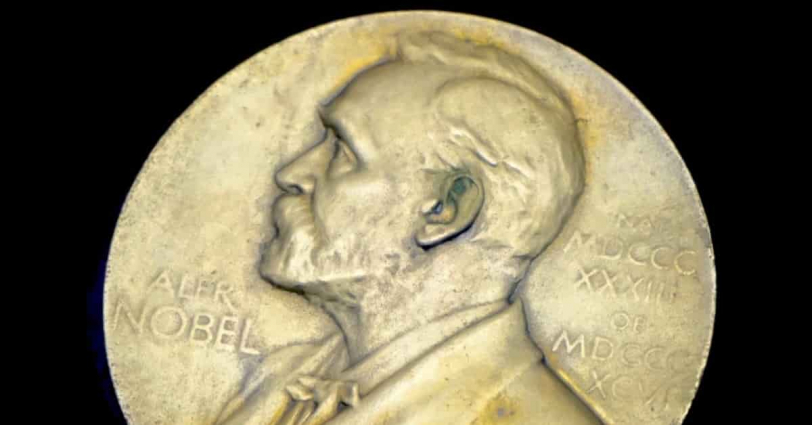
Manabe Shukuro was selected for the 2021 Nobel Prize in Physics, which caused a great stir. Of course, this is because of Mr. Manabe’s great achievements, but it also drew attention as the “first Nobel Prize in Physics in the field of Earth science”. If Tetsuya Fujita were still alive today, there is no doubt that he would have won the Nobel Prize in Physics.
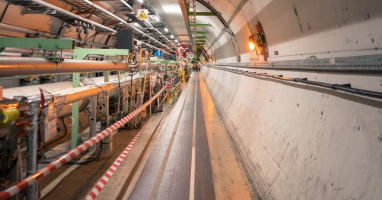
This book was written by a program director at NHK. The author was in charge of covering the documentary broadcast on NHK, and this book includes information that could not be included in the broadcast.
The reason why the author focused on Fujita Tetsuya is that there was no biography that conveyed “the human side of Fujita Tetsuya”. There have been opportunities to introduce Fujita in some form in the past, but almost all of them were based on books he self-published. Fujita was willing to talk about his research, but he rarely talked about himself. In fact, everyone who knew him testified that he was “always researching from morning till night”, so he may have had the recognition that he had nothing to say other than his research.

The author went to America to learn more about Fujita’s personality. It was difficult because people related to him were scattered all over the country. But through the interviews, he was able to reveal the true “human side of Fujita Tetsuya.”
If it weren’t for Fujita Tetsuya, Airplanes Would Still be Scary and Not Worth Boarding
To understand Fujita Tetsuya’s contributions, it’s important to understand how dangerous airplanes used to be. This is explained in an easy-to-understand way in this book, so let’s take a look.

Currently, it is said that 500,000 airplanes fly in the skies around the world every day.
We live in a world where it is taken for granted that we can travel safely and easily by airplane to wherever we want to go and meet whoever we want to meet.
However, just 30 years ago, the world’s skies were full of death and uncertainty.
Every 18 months, there were frequent “mysterious crashes” where over 100 people were suddenly slammed into the ground from above during takeoff or landing and lost their lives in an instant.
Pilots still praise the man who stopped this chain of tragedies, saying “He solved the mystery of inexplicable airplane accidents and eliminated one of humanity’s many crises.”
It was one man, Tetsuya Theodore “Ted” Fujita (1920-1998), a professor at the University of Chicago, who changed the skies of a world filled with the fear of death through “meteorology”.

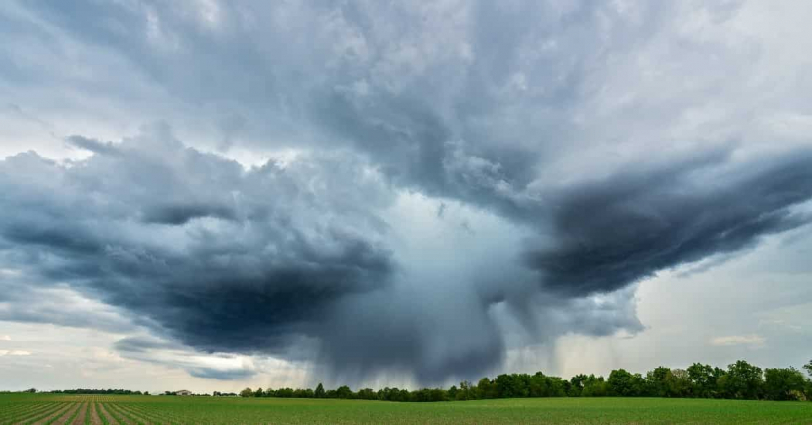
Once upon a time, airplanes were vehicles that “almost certainly led to fatal accidents happening once every 18 months.”Few people would want to ride such a thing.
However, Fujita Tetsuya completely changed that situation. It can certainly be said that he was a person who brought immeasurable benefits to humanity.

Fujita was able to significantly improve the safety of airplanes, which are now even safer than cars. According to data from the US, the chances of dying in a car accident are 0.03%, while the chances of dying in a plane crash are only 0.0009%. Of course, this is due in large part to the efforts of airlines, but it couldn’t have been achieved without Fujita Tetsuya, who uncovered the mystery behind the “mysterious crashes”.
However, Fujita’s discovery initially faced fierce opposition.

Fujita Tetsuya, Who was Praised as “Mr. Tornado” for His Tornado Research, Received a Strong Backlash for His “Downburst” Announcement
When he “speculated” the cause of the “mysterious crash,” he was already known as a super researcher who had established a solid position.
Fujita Tetsuya went to the United States at the age of 32 and became a leading expert in tornado research in just over a decade, overturning common sense in meteorology one after another, and becoming a respected figure.

However, a new theory announced by Fujita in his mid-50s caused a stir. The reaction was so fierce that it was hard to imagine it was directed at a researcher with a solid position. It seems that the following was a tremendous response.
Even for Mr. Fujita, it seems unforgettable. He said that he was called a liar and accused of making things up.


Regarding this reaction, Fujita is not completely blameless. The theory he initially announced contained obvious mistakes, and while his achievements were recognized, there were also many doubts about Fujita’s research attitude.
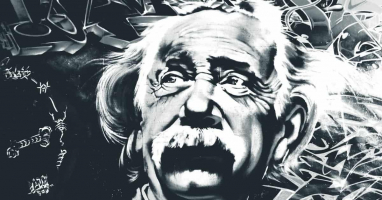
But more than that, the new theory presented by Fujita was not very believable and thusended up provoking a furious reaction.
He named a certain phenomenon “downburst,” but he did not name it after discovering the phenomenon. As a result of investigating the cause of an airplane accident, he “anticipated” that such a phenomenon was occurring in the upper atmosphere and named it “downburst.”
The trigger for this was the accident of Eastern Airlines Flight 66 at John F. Kennedy International Airport, which was the worst air disaster in the United States at the time, resulting in the death of 112 of the 124 passengers and crew.
The government had tried to write off the accident as “pilot error,” but Eastern Airlines directly requested Fujita to investigate the cause. Through this process, Fujita predicted “downburst,” ultimately demonstrating its existence and bringing about a revolution in the aviation industry.

Fujita Tetsuya, Who was a “Pure Observer” and “Possessed Extraordinary Intuition”
Fujita’s strength lies in his unwavering dedication to observation. In scientific research, it is common to build theories while observing, not limited to meteorology. However, Fujita begins with thorough observation first. Weather phenomena are often difficult to predict and not always conducive to observation, but he persisted with tenacious observation.

Furthermore, Fujita had tremendous “intuition.” This book describes various individuals talking about Fujita’s greatness in combining observation and intuition.

Ted had an exceptional ‘intuition’ for complex phenomena.
It wasn’t just intuition, he had a foundation in subjects like mathematics and physics and checked against what he saw in the field. With his outstanding insight, he interpreted natural phenomena.
Even in situations where there wasn’t much observational data available, Ted was able to visualize what was happening in three dimensions during a storm. He was someone who could imagine what a storm was like in his head and express it in a picture. There are very few scientists who can do that in data-scarce situations. It was an extremely unique talent. Ted was a scientist of vision. There are hardly any scientists like him.
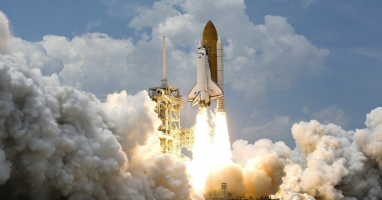
By the way, “Ted” is a nickname for Fujita Tetsuya. He was a pure Japanese, but after coming to America, he decided to call himself “Tetsuya Theodore ‘Ted’ Fujita.”
From these testimonies, it can be said that even if other scientists had the same amount of information as Fujita Tetsuya, it would be impossible to predict the phenomenon of “downburst.” “Intuition” is not suitable for scientific research, and that is why his research style has been criticized, but it was precisely because of that “intuition” that “downburst” was discovered.
As mentioned earlier, “downburst” was so unbelievable that it was met with intense opposition even when announced by the renowned researcher Fujita Tetsuya. Really, if it wasn’t for Fujita Tetsuya’s “intuition,” it might not have been discovered.

In addition, the discovery of “downburst” is related to the “Nagasaki atomic bomb”.
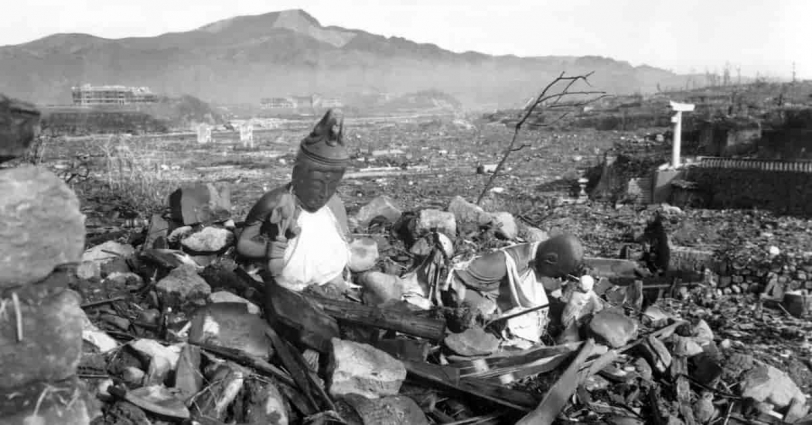
Immediately after the atomic bombing in Nagasaki, Fujita visited the site and conducted an investigation. And through thorough observation, he succeeded in pinpointing the location of the explosion. The location he identified was almost the same as the one later determined by the latest supercomputer. And it is said that the “shock wave of the atomic bomb” he observed at that time ultimately led to the discovery of “downburst”.
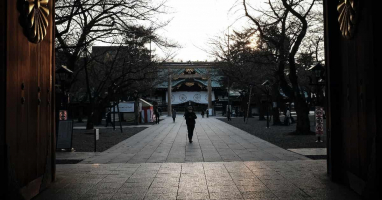
The Incredible Series of Events that Led to Fujita Tetsuya’s Journey to the United States
Finally, let’s touch upon why Fujita Tetsuya ended up going to America. First of all, he had never specialized in meteorology.
Fujita graduated from the predecessor university of the Kyushu Institute of Technology, meaning he was an engineer. He later became an assistant professor of physics at the same school. While he was going to the Fukuoka District Meteorological Observatory at that time, he showed a remarkable analysis based on the data he received there, which even amazed experts. To repeat, he achieved this through self-study despite not having received formal education in meteorology.
The Japan Meteorological Agency was impressed by his incredible ability and decided to treat Fujita specially. Despite not being a member of the agency, they decided to treat him as an equal to their staff. This alone is enough to make one feel that it is “unbelievable”.
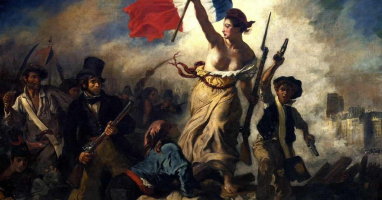
But the story doesn’t end there. The turning point in his destiny was the “thesis in the trash.”
Receiving treatment equivalent to that of a Meteorological Agency employee, Fujita regularly visited the Mount Sefuri Observatory. There, he made a discovery that “there are also descending air currents in thunderclouds” and wrote a paper on it in English. However, this went unnoticed in Japan. The reason was simple: the people at the Meteorological Agency already knew this fact. It was common sense to those involved in Japanese meteorology, but Fujita, who had not received specialized education in meteorology, did not know this fact and mistakenly believed that his discovery was “unpublished.”
Now, something that a friend handed to Fujita was “thesis in the trash.” The radar base of the U.S. military was located next to the Mount Sefuri Observatory, and the friend picked up the thesis from the base’s garbage can. The thesis was about research on thunderclouds published in the United States, and the friend, who knew that Fujita was studying thunderclouds, delivered it to him.

Fujita sent his own thesis to Professor Byers at the University of Chicago. Professor Byers then asked him to come to Chicago immediately.
Why? Because Fujita had “conducted research on par with Professor Byers without spending any money at all.”
Professor Byers and his team had spent 2 years and 2 million dollars (equivalent to 72 million yen at the time) with the support of the US Air Force to reach the conclusion that “there are downdrafts in thunderclouds.” However, Fujita arrived at the same conclusion with only about 100 dollars. Byers was so amazed by this research that he decided to hire Fujita.

Afterwards, various events occurred, but it was the “thesis in the trash” that became the direct reason for Fujita to head to America.
But to begin with, why was Fujita able to write an English paper? In other words, it’s a question of “how Fujita was able to use a typewriter that can type in English.” At that time, such typewriters were not common, and Fujita, who did not grow up in a wealthy household, of course could not afford them.


However, there was also luck involved. Fujita, who was a struggling student, was working part-time to support himself, and through one of his jobs as a tutor, he had the opportunity to use a typewriter to type in English.

In this way, Fujita’s life seemed to be guided by something as he made his way to America. If even a single gear of fate had been out of place, Tetsuya Fujita might never have gone to America and might not have discovered “downburst.”
In this book, you can learn about such interesting episodes of Fujita’s life beyond his role as a “researcher.” You’ll find out about why he became a U.S. citizen, why he conducted research without going through normal procedures, why he was in despair in his later years despite having an environment that allowed him to devote his entire life to research, and who came up with the name “Mr. Tornado,” among many other fascinating stories.
Once again, it’s surprising that such an important person is not well known in Japan, and I feel grateful for the fact that the world’s skies have become safer thanks to him.

Conclusion
The author writes in the afterword,
Many people may wonder why such a great person, achievements, and life have been buried until now. However, if it were not for this timing, this book would not have been possible as it is.

For example, in this article, I briefly touched on the connection between “the Nagasaki atomic bomb” and Fujita Tetsuya, but the material was discovered four years before the publication of this book. Without the existence of this material, the connection between Fujita Tetsuya and the Nagasaki atomic bomb would not have been clear. In addition, the fact that his exhibition was held in Kitakyushu, Fujita’s hometown, was a major factor in making it easier for him to contact people in Japan.

Fujita Tetsuya is someone to be proud of as a fellow Japanese. However, it’s not a time to just casually say “I’m proud as a fellow Japanese” as the issue of “outflow of excellent researchers from Japan” has been particularly prominent in recent years. Also probably, if Fujita Tetsuya had stayed in Japan, it would have been difficult for him to produce the kind of achievements he is known for.
Even with the ability, the environment can greatly affect what kind of achievements can be produced. Fujita Tetsuya’s existence should also be seen as a reminder of such a sense of crisis.

Published Kindle books(Free on Kindle Unlimited)
“The genius Einstein: An easy-to-understand book about interesting science advances that is not too simple based on his life and discoveries: Theory of Relativity, Cosmology and Quantum Theory”
“Why is “lack of imagination” called “communication skills”?: Japanese-specific”negative” communication”

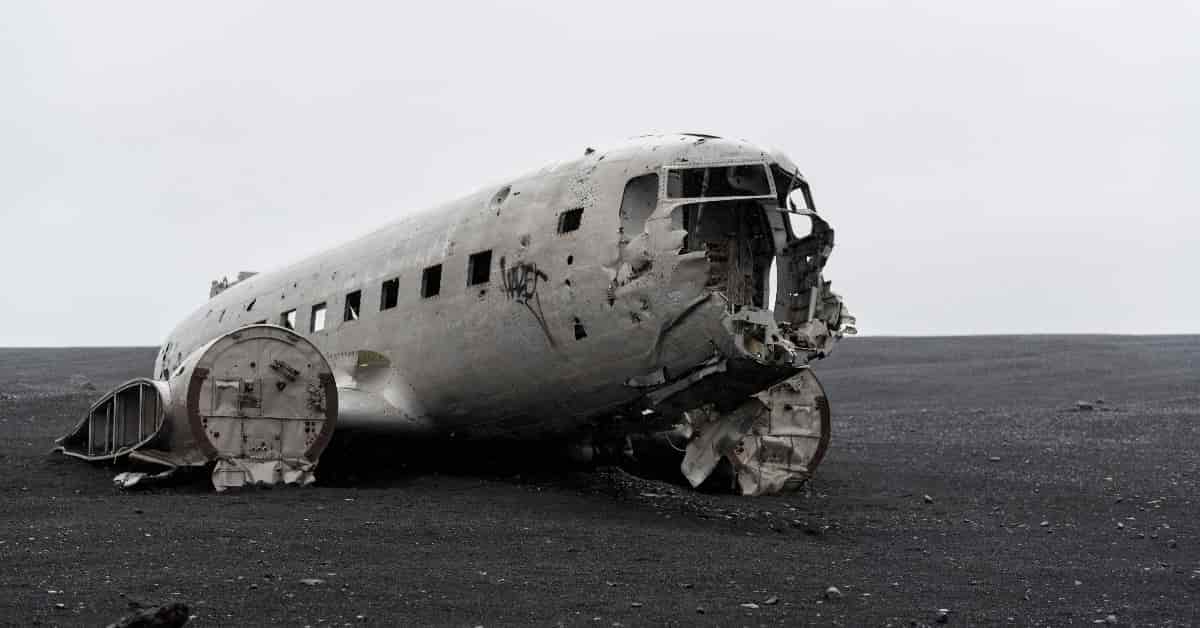






コメント